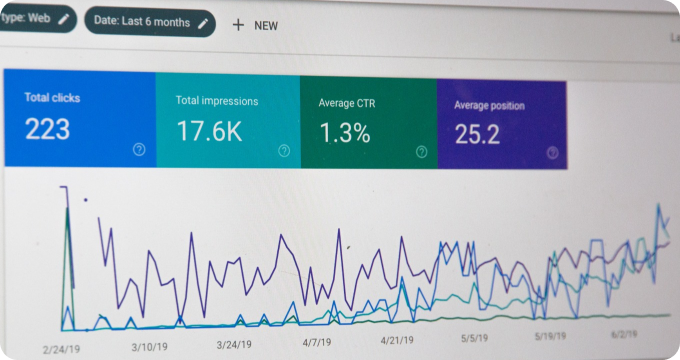How to Strategically Budget for Ethics and Compliance Software in Your Organization
- November 24, 2023
- 2 minutes
As we steer through the increasingly interconnected and digital landscapes of modern corporate structures, the importance of Ethics and Compliance (E&C) software is magnified manifold. This software is an integral component in assisting organizations to maintain the sanctity of their ethical standards and ensure adherence to regulatory frameworks. However, the crucial element here is budgeting. The strategic budgeting for E&C software pivots on understanding the need, the costs, the implementation, and the long-term financial planning.
The first question to ask is: why is there a need for such software? The answer spirals into several dimensions. From a legal standpoint, stringent laws such as the Sarbanes-Oxley Act (2002) and the Dodd-Frank Wall Street Reform and Consumer Protection Act (2010) have raised the compliance bar for corporations. These laws necessitate the need for technology that aids in meeting stipulated requirements to avoid debilitating legal consequences.
The ethical dimension is equally important. Kantian ethics emphasizes the principle of doing what is right, not just legally, but also morally. E&C software aids organizations in aligning their operations with the moral imperative, thus enhancing their corporate image and brand reputation.
Secondly, the question arises: how much does it cost? The cost of E&C software is not limited to the upfront acquisition price. As per the Total Cost of Ownership (TCO) model, firms need to consider training costs, maintenance, software updates, and potential scaling up in the future. Navigating this financial maze requires a rigorous cost-benefit analysis that considers the potential savings from averting compliance issues, legal penalties, and reputational harm.
Thirdly, where does the implementation come into play? A pertinent aspect of the budgeting process is the timing and method of implementation. The classical diffusion of innovations theory by Rogers (1962) can provide guidance here. A phased implementation approach, as suggested by this theory, allows for the standardization of procedures, testing, and learning without destabilizing existing processes. Budgeting for this phased process is more complex than a one-time rollout but can save costs in the long run by mitigating risks and system failure rates.
Last but not least, when should the organization plan for the long term? The answer is not linear; it is cyclical. The budgeting process for E&C software is not a one-time activity. With changes in technology, regulations, and business environments, the E&C software will need updates and perhaps, replacements. Therefore, the budgeting process needs to be integrative and iterative, taking into account the future cash flows under the principles of Net Present Value (NPV) and the time value of money.
In conclusion, strategic budgeting for E&C software is not about crunching numbers alone. It requires a holistic understanding of the legal landscape, ethical considerations, and an in-depth analysis of costs. The process is complex, intertwined with strategic decision-making, and future-oriented. By recognizing these facets, organizations can budget effectively for E&C software, ensuring they remain compliant, ethical, and financially sound in an ever-evolving corporate world.
Learn More
Unleash your potential for ethical excellence and safeguard your business's integrity by delving deeper into our enlightening blog posts on ethics and compliance software. For an unbiased, comprehensive view, the reader is encouraged to explore our meticulously compiled rankings of Top Ethics and Compliance Software.
Popular Posts
-
 Ethics and Compliance Software Industry Report: Unveiling Key Findings and Crucial Insights
Ethics and Compliance Software Industry Report: Unveiling Key Findings and Crucial Insights
-
 The Future of Ethics and Compliance Software: Predictions and Emerging Trends
The Future of Ethics and Compliance Software: Predictions and Emerging Trends
-
 Ask These Questions to a Compliance Software Vendor to Choose the Right Ethics and Compliance Solution for Your Business
Ask These Questions to a Compliance Software Vendor to Choose the Right Ethics and Compliance Solution for Your Business
-
 How to Hire the Right Ethics and Compliance Software Provider
How to Hire the Right Ethics and Compliance Software Provider
-
 9 Things I Wish I'd Known About Ethics and Compliance Software Before Implementing One
9 Things I Wish I'd Known About Ethics and Compliance Software Before Implementing One






